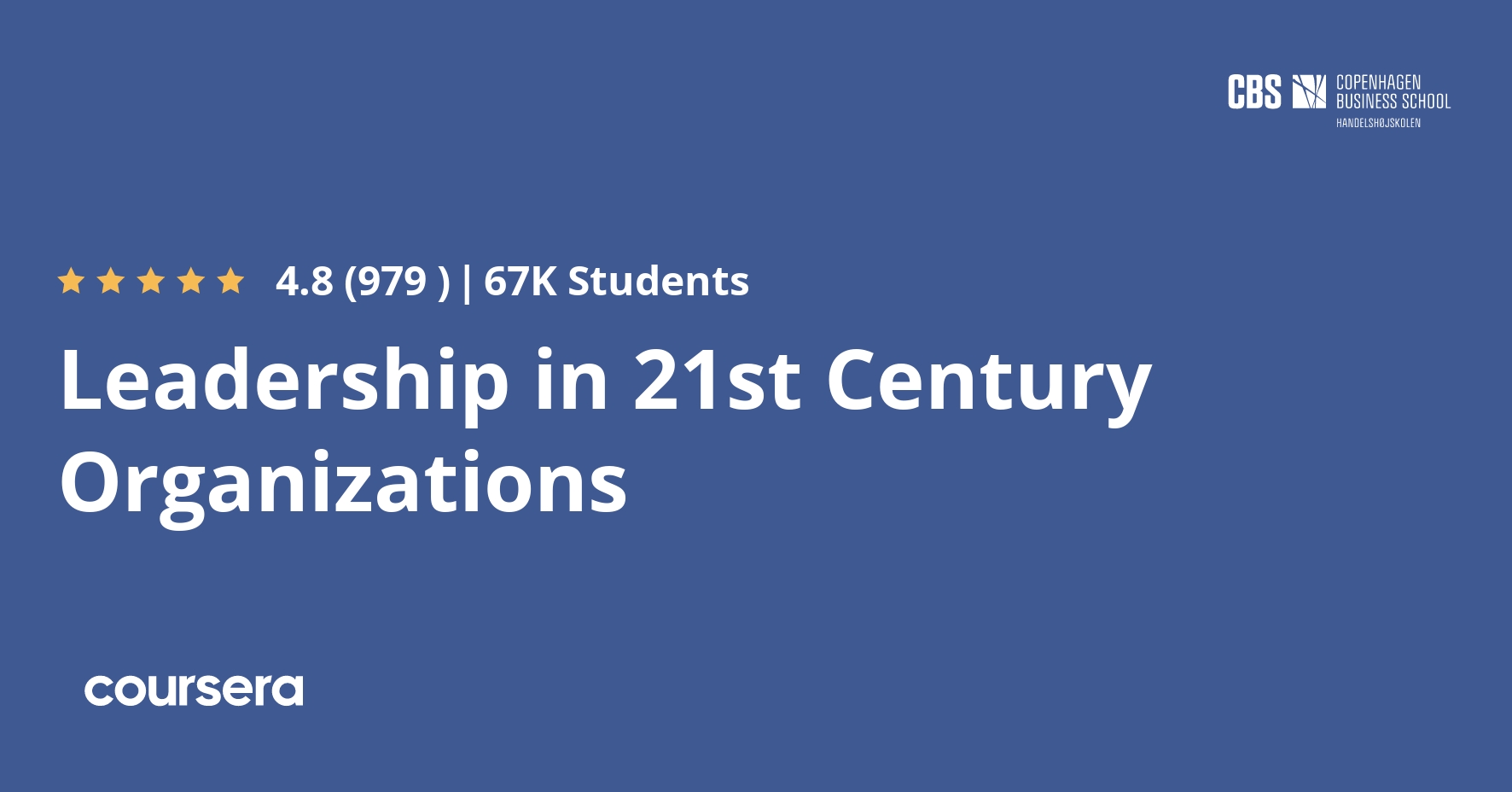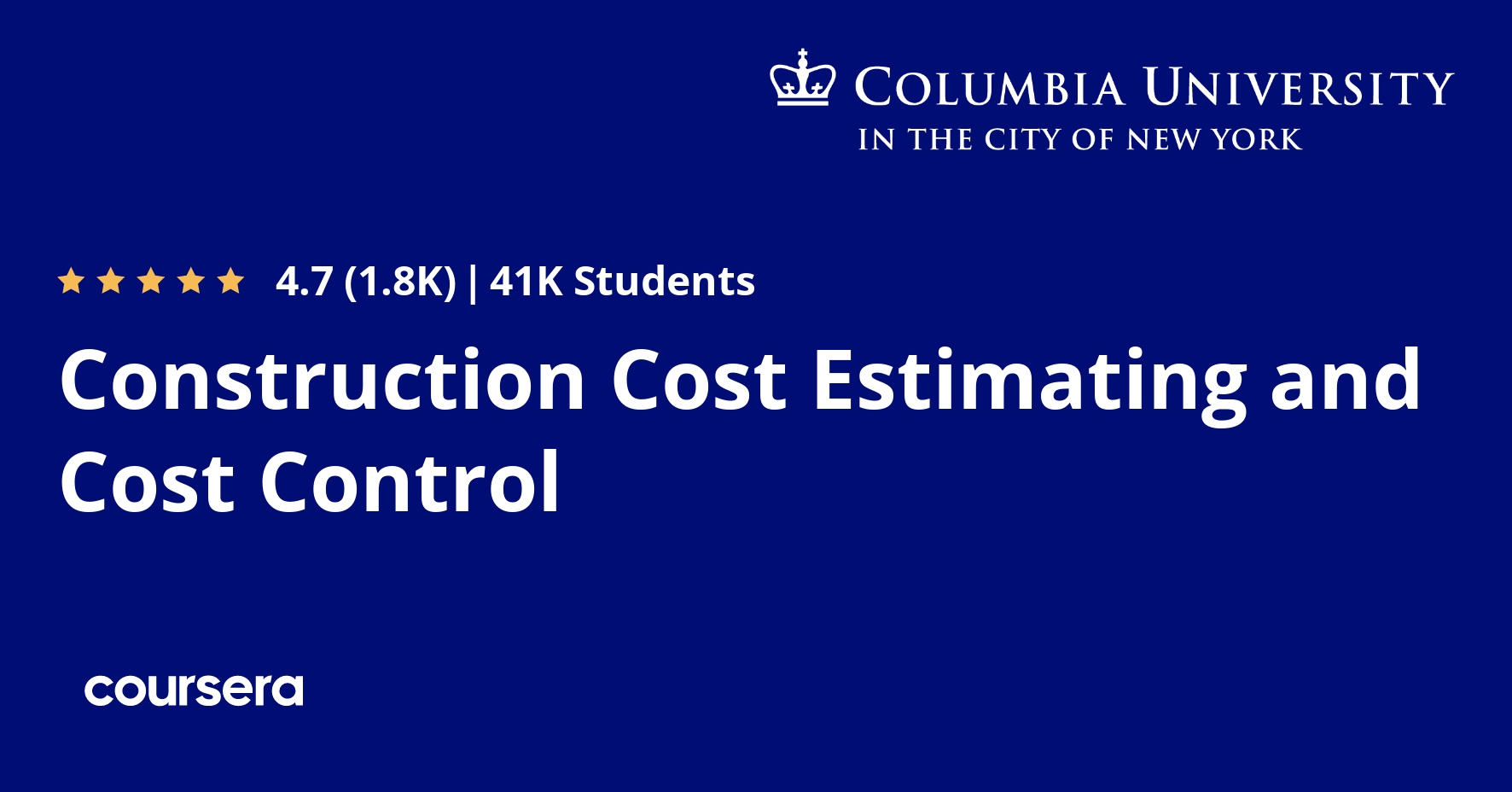Description
Meet Jim Barton, the new CEO of Santa Monica Aerospace. Jim’s job won’t be easy: the company’s hemorrhaging cash, struggling to regain investors’ trust after an accounting scandal, and striving to transform its culture to become a more global competitor. In this course, you’ll travel with Jim as he takes on leadership challenges ranging from strategy execution, to inspiring people, to maintaining an ethical approach. Experts agree that twentieth-century leadership practices are inadequate for the stormy twenty-first-century present. This provocative course equips you with the insights you’ll need to rise with the occasion of a rapidly shifting business landscape.
The course is based on a book, Harder Than I Thought: Adventures of a 21st Century Leader, by Robert D. Austin, Richard L. Nolan, and Shannon O’Donnell, published by Harvard Business Review Press. Purchase of the book is optional. If you want more information about the book or wish to buy it, see https://hbr.org/product/harder-than-i-thought-adventures-of-a-twenty-first/an/10332-HBK-ENG or http://www.amazon.com/Harder-Than-Thought-Adventures-Twenty-First/dp/1422162591
After taking the course, you’ll be able to:
o Enact your own personal leadership approach, derived from your ongoing evaluation of how Jim Barton has handled his leadership situation, as well as from established leadership concepts and frameworks;
o Avoid leadership actions that might have worked in the past, but are not suited to a newly challenging 21st century world;
o Navigate treacherous new 21st century leadership challenges, such as greater reliance on specialized workers or the need to respond to external scrutiny in an increasingly transparent world (and many more);
o Avoid “slippery slope” ethical failures, and think more clearly about the separation between public and private life for a 21st century leader.
What you will learn
Course Preview and Intro
Join Jim Barton on a leadership journey…that quickly becomes tougher than expected!
Taking on a New Leadership Role
So you’ve been presented with a new leadership “opportunity”…should you accept it? Should Jim Barton have taken this job? How would YOU decide?
Getting Oriented and Assessing Your Team
As a new leader, the first order of business is to survey the landscape, get your bearings, and figure out what’s really going on. Perhaps the most crucial part of that is assessing the team you’ve inherited. Who will be an ally in what you need to accomplish? Who will be an obstacle? Who should stay, and who should go? How will YOU decide?
Communication in an Age of Super Transparency
In an age of social media and super hackers, leaders have to worry more than ever about secrets getting out, making hard decisions under scrutiny, and people misinterpreting what the company and its leaders are doing. Thanks primarily to the advance of technology, the organizational activities have never been more transparent. How should a leader take this new 21st century reality into account? Do past communications and PR approaches need to change? How would YOU do it?
Leading Collaboration
When you’re building something as complicated as an airplane, people have to work together. As a leader, it’s a part of your job to populate teams, develop relationships, orchestrate process, and set up conducive environments to maximize the effectiveness of collaborative work. How is this done? How would YOU accomplish it?
Motivating and Inspiring
A leader must be able to move other people — potentially in directions those others do not wish to go. A very important part of a leader’s role, then, is to motivate people — to somehow provide the impulse to move others in a particular direction. Indeed, a leader often needs to get people moving together, in a similar direction. But there are different ways of doing this. Incentives, for example, operate differently than inspiration, and the two might not work equally well in a particular circumstance. How should the 21st century leader motivate people? What would YOU do?
Effective Governance
A leader operates within a framework that outlines her or his responsibilities, range of authority, and access to resources — we call such frameworks “governance.” Governance empowers a leader but also looks over her or his shoulder. A precondition for effectiveness as a leader is having a foundation of sound governance. And although it can be rather tricky, leaders sometimes have to try to make changes to the governance framework within which they work. If you’re a CEO and you decide you have an ineffective board of directors — to whom you report — what would YOU do?
Leading Change
Convincing people to change their ways might be THE hardest job a leader has to do. And if getting people to change is hard, getting groups — who work together in the old ways and reinforce each other’s sense of “the way it’s always been” — is even harder. But if you’re going to transform a company, you’re going to have to change things, in a big way. How would YOU go about it?






